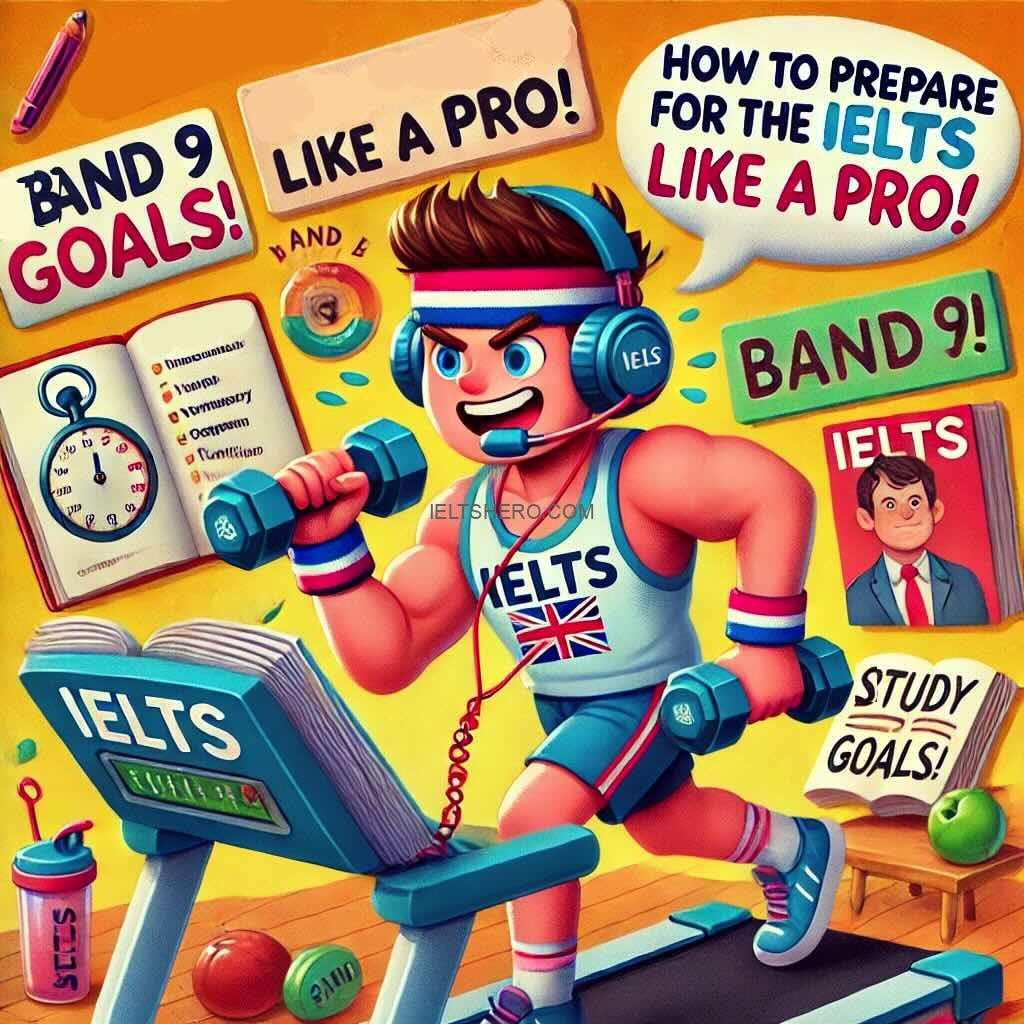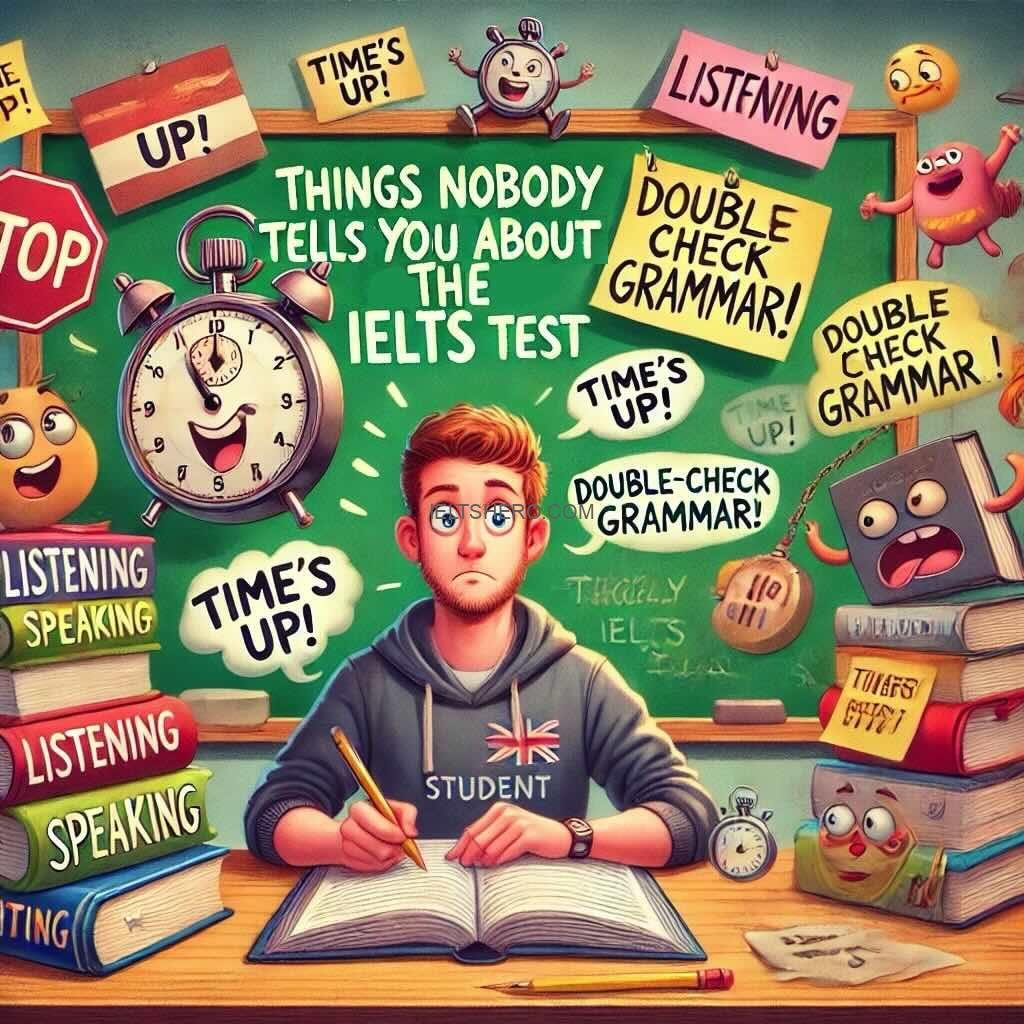Hello, my IELTS warriors!
Welcome to another episode of “What in the IELTS are we doing today?” Spoiler alert: it’s Writing time! Don’t worry; we’re not here to torture your brain with bar charts (we’ll leave that for Academic folks). Instead, today we’re diving into the General Training Writing Task 1. Yes, my friends, we’re talking about letters – the art of communicating in style, whether you’re apologizing for breaking someone’s lawn gnome or politely requesting a refund for that unfortunate hotel stay.
So, grab your pen (or keyboard) and let’s explore how to ace this part of the test like the letter-writing royalty you are.
Writing Task 1 General: What’s the Deal?
Unlike the Academic version, where you describe graphs and tables until your eyes glaze over, General Training Task 1 is all about writing a letter. Think of it as a chance to show off your English skills while flexing your creativity.
The task will ask you to write a formal, semi-formal, or informal letter based on a given situation. For example:
- Formal: Writing to a company to complain about their customer service. (Polite but firm – like a classy ninja.)
- Semi-formal: Writing to a landlord about a maintenance issue. (Polite, but don’t hold back on asking for that leaky pipe to be fixed yesterday.)
- Informal: Writing to a friend about a memorable holiday. (Let loose and share your funniest travel fails.)
The Anatomy of a Perfect Letter
Every great letter has three key ingredients:
- The Greeting
Think of this as your chance to make a first impression. Here’s how it changes based on the tone:- Formal: “Dear Sir/Madam” or “Dear Mr. Smith”
- Semi-formal: “Dear Mr. Patel” or “Dear Mrs. Green”
- Informal: “Hi Alex!” or “Dear BFF (Best Fish Friend)” – okay, maybe not the last one, but you get the idea.
- The Body
This is where you let your words shine. Follow the bullet points in the question like a treasure map – they’re your ticket to a Band 9. Make sure you:- Explain the situation clearly.
- Cover all points mentioned in the task.
- Use vocabulary and grammar that match the tone of the letter.
- The Sign-off
Wrap things up like a pro:- Formal: “Yours faithfully” (if you don’t know their name) or “Yours sincerely” (if you do).
- Semi-formal: “Best regards” or “Kind regards.”
- Informal: “Cheers,” “Take care,” or “Catch you later!”
Common Letter Topics: The Good, the Bad, and the Tricky
Here are some examples of the types of letters you might encounter:
- The Complaint Letter:
“Dear Manager, your Wi-Fi was slower than a snail on vacation. Please refund my money. Best regards, Annoyed Customer.”
(Okay, maybe not quite like that, but you get the idea.) - The Apology Letter:
“Dear Neighbor, I’m truly sorry my dog ate your garden gnome. I’ll replace it ASAP. Yours sincerely, Gnome Destroyer.” - The Request Letter:
“Dear HR, I’d like to request additional training in coffee-making. Yours faithfully, Aspiring Barista.” - The Informal Catch-Up:
“Hi Lucy! Guess what – I learned how to bake bread without setting the kitchen on fire! Hope you’re doing well. Cheers, Your Smoke-Free Friend.”
How to Stand Out in Writing Task 1
- Match the Tone: Make sure your tone fits the task. You wouldn’t write, “Yo, boss!” in a formal letter, and you wouldn’t address your best friend as “Dear Sir.”
- Get Specific: Add realistic details to make your letter sound natural. Instead of, “I bought a thing from your store,” say, “I purchased a blue toaster from your Downtown branch last Tuesday.”
- Stay on Point: Follow the bullet points in the task like your life depends on it. If the question asks you to explain why you’re writing, describe the issue, and suggest a solution, make sure you cover all three.
- Mind Your Word Count: Aim for 150-180 words. Too short, and you might miss key points. Too long, and you risk going off-track.
- Check Your Grammar and Spelling: This one’s a no-brainer. Spelling mistakes in a letter are like typos in a marriage proposal – they just don’t look good.
A Quick Example
Let’s say the task is:
You recently stayed at a hotel and had a disappointing experience. Write a letter to the manager explaining what went wrong and suggesting ways to improve.
Here’s a Band 9-worthy response:
Dear Manager,
I am writing to express my disappointment with my recent stay at your hotel. While I had high expectations based on your website’s glowing reviews, my experience fell short in several areas.
Firstly, the room was not clean upon arrival, with visible dust and an unpleasant odor. Additionally, the air conditioning unit was broken, making it uncomfortable to sleep. Despite raising these concerns with the reception staff, no action was taken during my three-day stay.
To improve the experience for future guests, I suggest conducting more thorough cleaning checks and ensuring that all facilities are in working order before check-in. Furthermore, staff training in customer service would enhance the overall impression of your hotel.
I hope you will take my feedback into account and address these issues promptly.,
Yours sincerely,
[Your Name]
Final Thoughts
Writing Task 1 General is your chance to shine as a letter-writing expert. With the right structure, tone, and a sprinkle of creativity, you’ll be wowing examiners in no time. So, put on your metaphorical author’s hat and get practicing. Who knows – maybe you’ll end up writing a letter to me one day, thanking me for this blog!
Until next time, keep writing and remember: even if your lawn gnome gets eaten by a dog, there’s always a letter to fix it.
Your friendly IELTS cheerleader.



